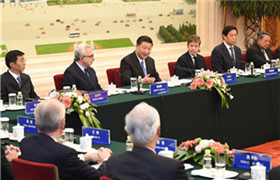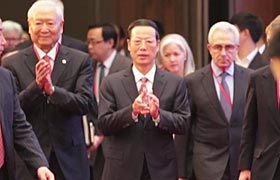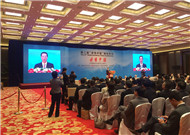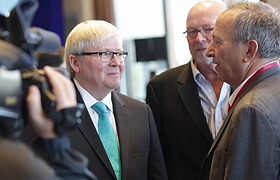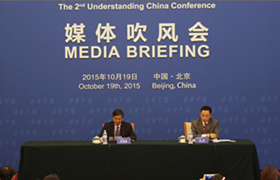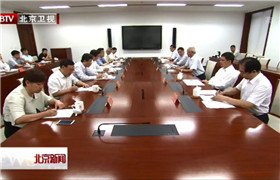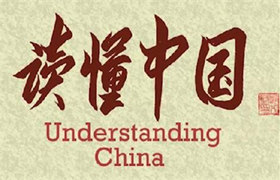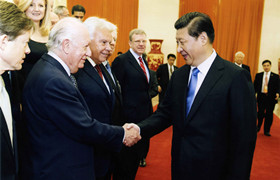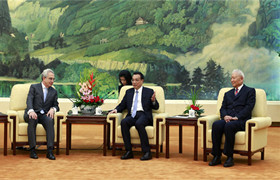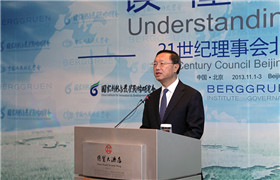- HOME--> Research
-
Build Interest Convergence and Benefit Community
Source:CIIDS
Essentially, peaceful development is that China would build its socialism with Chinese characteristics on its own in the process of participating in rather than staying away from the economic globalization. As a large market, the peaceful development of China will bring about opportunities to the world, which is surely mutual beneficial and lead to a win-win scenario.
China needs to build a "community of interests" in an all-round way step by step not only with its neighboring countries and regions, but also with other countries concerned. In the process of its peaceful development, China must aim at a multi-faceted, hierarchical community of interests covering different domains and all the relevant parties, a unity hard to disassemble. China can do this for the following reasons: The deeply bundled interests and mutual reliance of all parties in an era of economic globalization, the new security philosophy of cooperation between the powers posed by rising non-conventional security threats, the concerted effort made to safeguard international peace and security with attention to addressing regional hotspots, and the contacts and cultural exchanges between people from all the parties concerned.
China’s strategic concept of extending and deepening the point of convergence of interests with all parties concerned to build a community of interests in an all-round way is, above all, based on the development philosophy and goals of the CPC in the second decade of the twenty-first century.
The first two decades of the 21st century is a key period for China to "build a higher-level well-off society for the benefits of its countrymen." In this period, China focuses on constant improvement in people's livelihood and inclusive enhancement in people's quality of life while promoting the transition of growth towards quality-oriented from quantity-oriented. Up to present—over half of this period, we have done a good job in terms of quantity, but not done well in terms of quality.
Ushering in the second decade of the new millennium, China faces a series of challenges: economic growth vs. resources and environmental constraints; unbalanced economic and social development, such as investment and consumption, "bringing in" and "going global," development gaps between urban and rural areas and between eastern and western regions; difficult industrial restructuring and insufficient scientific R&D capacity; non-convergence between human resources and the employment structure; the imbalanced distribution of income and the looming interest restructuring; lagging social governance with increasing social conflicts; and a variety of severe natural disasters, both predictable and unpredictable, etc.
To meet these challenges, China is pooling its efforts in the second decade of the 21st century to accelerate the transformation of its growth mode, safeguard and improve people's livelihood, and promote long-term stable and moderately rapid economic development and social harmony and stability, striving for a well-established well-off society. Therefore, the growth mode should be geared to one mainly driven by domestic demand from the original pattern largely relying on external demand. In opening up, the dominance of exports and foreign investment will give way to the equilibrium of import and export, with foreign investment and outbound put on an equal footing. Industrial restructuring and upgrading of the pattern of consumption will be accelerated, turning China into a country of upper-middle income from a lower-middle-income one. Similarly, China will be more committed to its domestic development as well as to improving the cultural and spiritual well-being of the whole nation, creating a community full of vitality, harmony and stability, seeking a peaceful development all the way to the revival of the Chinese civilization. In this approach, China is destined to provide the world with higher market demand and broader development opportunities.
Basically, it is necessary to safeguard China’s sovereignty and territorial integrity, and take a peaceful, civilized approach to development and modernization. Thus, China's development path of a peaceful development is consistent with the long-term ambition of the Chinese people and compliant with the historical trend of the world.
If we say that in the first decade of the 21st century, following the development path of a peaceful development, China has become an integral part of the world’s development, laying a solid basis of common interests between itself and the world, then the second decade will see China further clinging to this path to be a more important part of the global development force, with more systematic and sustainable ties of common interest built between China and the world, which also defines the fundamental relations between the two in the next decade or even in a longer term.
-
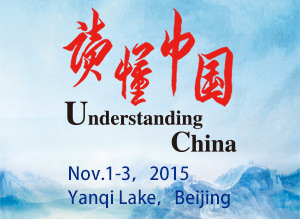
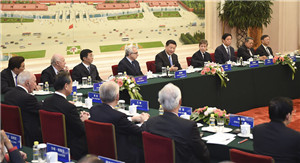
The 2nd "Understanding China" ConferenceOn November 1~3, 2015, the 2nd “Understanding China” Conference was held in Beijing Yanqi Lake International Conference Center. Zhang Gaoli, Vice Premier of the State Council, attended the opening ceremony.
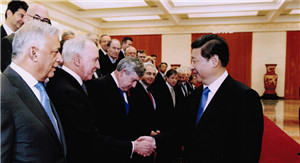
The 1st "Understanding China" ConferenceOn November 1~3, 2013, the 1st “Understanding China” Conference was held in Beijing, which was cosponsored by China Institute for Innovation & Development Strategy (CIIDS), Chinese People’s Institute of Foreign Affairs (CPIFA), and Berggruen Institute on Governance.
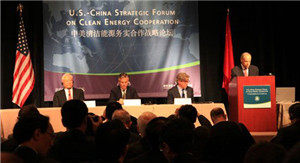
The 2nd U.S.-China Strategic Forum on Clean Energy CooperationWith the “Prospects for U.S.-China strategic cooperation in next decade” as its theme, the forum dwells on the implications of U.S.-China cooperation from the strategic perspective of coping with global challenges and maintaining world peace.
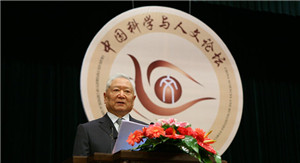
The China Sciences and Humanities ForumCo-initiated in April 2003 by renowned Chinese scientist Mr. Lu Yongxiang and influential political strategist Zhen Bijian, China Sciences and Humanities Forum was jointly hosted by Graduate University of Chinese Academy of Sciences (GUCAS) and the Higher Education Press.


